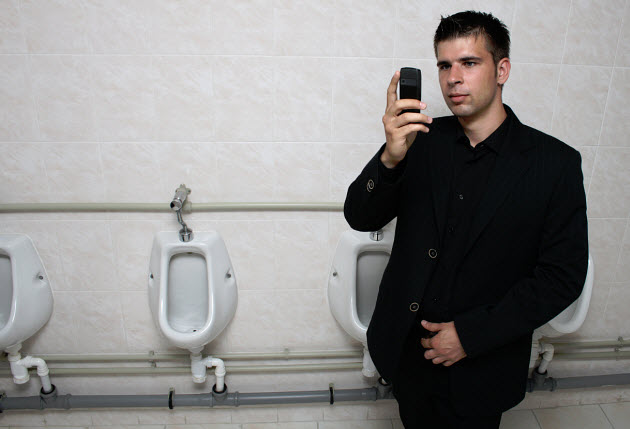Other options for the smartphone also include white, black, and red, though they are not in precious metals.
The BlackBerry Passport has become a mobile device that has been tremendously ambitious for the struggling company, and the smartphone has been released in a number of different colors, including: white, black, and red.
Now, there has been another option added to the list, which is as unique as the device shape, itself.
There is now one BlackBerry Passport option that is plated in 24K gold and was released by Goldgenie. The device costs roughly $3,000. This is not the first time that the handset maker has had a smartphone decorated with precious metals, or even stones. A few years ago, it released a Q10 that was encrusted with diamonds and that cost a whopping $31,000. More recently, Canadian rapper, Drake, had his own Classic plated in 24K gold. Similarly, Khloe Kardashian bought a rose gold plated Classic.
The 24K gold BlackBerry Passport has the same specifications as the original version of the device.
The new golden version of the mobile devices is the only smartphone that has a physical QWERTY keyboard with actual keys. That keyboard also has intuitive features and is touch sensitive. It is meant to be not only attractive smartphone, but it is also meant to offer enhanced functionality. According to Goldgenie, “When the masters of mobile business productivity combine with the masters of luxury customization, it is bound to result in a masterpiece that is both functional and beautiful.”
Beyond the 24K gold, the Passport is also to be sold in rose gold and platinum plating. Those will be priced at just under $2,000 and just over $2,000, respectively. The precious metals will be plating around the edges, though not on the frets or along the bottom edge.
While the BlackBerry Passport devices in precious metals may seem like they come with a very large price tag, there have been a number of other mobile gadgets from other brands that have made similar offerings at much higher prices. Among them was the Nokia Arte 8800, which was actually considered to be the least expensive in that type of cell phone, and that was only a feature phone…at $135,000.


